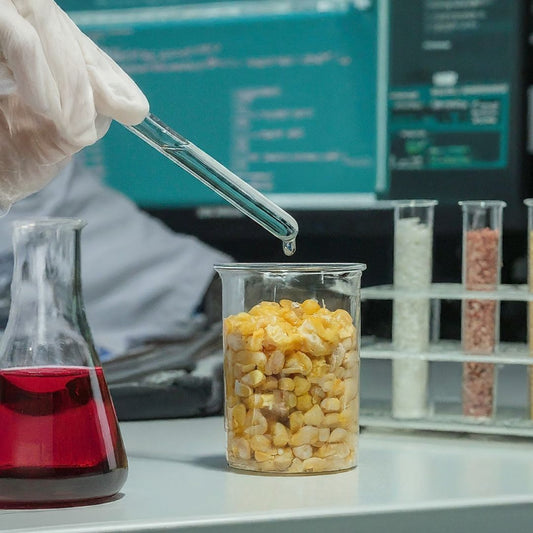Chandra Spots a Black Hole Growing at Record Pace
Share
The Discovery
Astronomers using NASA’s Chandra X-ray Observatory have identified a very distant black hole that is growing at one of the fastest rates ever observed. The object is part of a quasar named RACS J0320-35, seen when the universe was only about 920 million years old.
Key facts:
This black hole has a mass of roughly 1 billion times that of the Sun.
It is located about 12.8 billion light-years away from Earth.
It is producing more X-rays than any other black hole seen in the first billion years of the universe.
Growth Rate & What Makes It Special
The black hole appears to be accreting matter (i.e. pulling in gas, dust, etc.) at a rate that exceeds the so-called Eddington Limit, estimated at about 2.4× that limit.
Estimates for the growth rate are between 300 to 3,000 solar masses per year.
Because of this super-Eddington behavior, astronomers believe this object challenges or refines theories about how quickly supermassive black holes formed in the early universe.
Why This Matters
1. Early Universe Black Hole Formation
One of the big questions in astrophysics is: how did black holes grow so massive so quickly after the Big Bang? The existence of a billion-solar-mass black hole so early implies either massive “seed” black holes or periods of accelerated growth well above what standard theory allows. This discovery gives concrete observational data to test those models.
2. Super-Eddington Accretion
The Eddington Limit is a theoretical cap on how fast material can fall into a black hole without the outgoing pressure from radiation pushing it away. Seeing a black hole apparently surpass this limit is important: it means our understanding of accretion physics may need refinement.
3. Quasar Rarity and Brightness
Because the quasar is so luminous in X-rays, it stands out even at early times. These “beacons” help astronomers probe the state of the universe in its first billion years—like the amount of gas available, the metal content, how galaxies evolve, etc.
Open Questions & Implications
Birth Mass of the Black Hole: Did it start as a massive seed (tens of thousands of solar masses) or could normal stellar remnants grow this fast under special conditions?
Sustainability of Growth Rate: How long can the black hole maintain super-Eddington accretion? If only brief bursts, that changes implications for how many such black holes existed.
Jet and Outflow Behavior: Observations show RACS J0320-35 has jets (streams of particles) shooting out near or at relativistic speeds. How do these jets affect accretion, and what is their role in regulating growth?
Conclusion
The discovery of RACS J0320-35 by Chandra provides a fascinating peek into how the universe’s earliest supermassive black holes may have grown. Observing a black hole this massive, this early, and apparently feeding faster than theoretical limits suggests our models need updating—and that the early universe may have been capable of even more extreme astrophysical phenomena than previously thought.





